Starting from the first decade of the twentieth century and up until the early nineties Alexandria was Egypt's main summer resort. And although Alexandria’s modern architectural and social history is currently being documented by many research institutions, the aspect that remains widely overlooked is the summer life of its beaches which constitutes a lively component of the city’s modern heritage. Fortunately, this remained partially immortalised in private family photographs, some of which were taken by professional photographers like the famous Armenian Philippe who wandered daily Alexandria’s most elite beach, Al-Montaza. But the vast majority of the Alexandrian beaches’ visual heritage is credited to family amateur black and white photographs.
Extending some 30km, Alexandria’s beaches have gradually developed from east to west around its natural bays. Muhammad Ali built Ras Al-Tin Palace at the eastern most edge of the city in the mid-nineteenth century. It served as a summer resort for the families of the ruling family for generations to come. Khedive Abbas Helmi II built Al-Montaza Palace at what then used to be the western most edge of the city. That was more than half a century later. And finally, President Abdel-Nasser following the 1952’s change of regime, transformed the Montaza Palace gardens into Alexandria’s two exclusive gated resorts. Those were Al-Montaza and Al-Maamura.
From the twenties onwards, Alexandria’s beaches started to be known to non-Alexandrian seekers of vacation, sea and fresh air. One major reason contributing to this boost was that not only Egypt’s King Fouad and the royal family moved to Alexandria during the summer but also the entire cabinet too officially relocated in Alexandria. This created a new wave and revival of local tourism activities. And thus new beaches started to prosper. Amid Anfushi quarter and the harbour, the western beaches remained rather the most popular ones despite the fact that Ras Al-Tin Palace was there. It is towards the center of the city that the middle class and the elite beaches were.
One of the earliest to be developed was Stanley Bey which in the first decade of the century was just a set of wooden huts frequented by camels, as seen in one of Reiser’s coloured later published as a postcard.
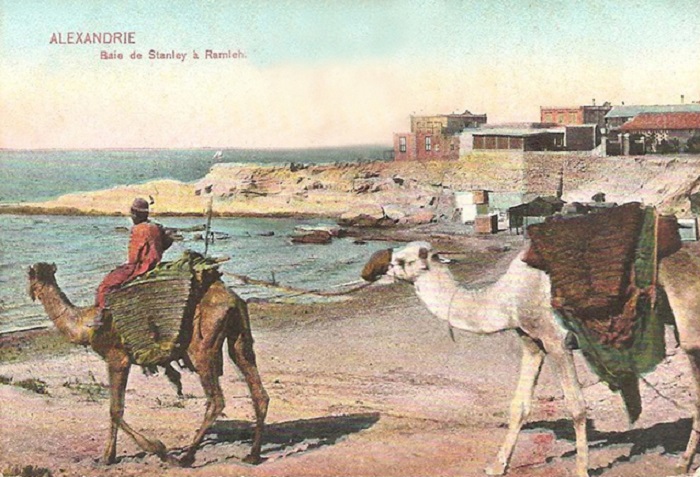
##
In the thirties, the municipality replaced those huts with three rows of cabins carefully fitted around the curvature of the bay. Another successful beach of the first half of the century is the run by Casino Ramleh at the district San Stefano. This was later transformed into the Hotel San Stefano (replaced by recent mega tower constructions).

##
During the fourties and the early fifties more beaches towards the western side of the coast became in vogue. The cabins of Miami, Sidi Bishr I, Sidi Bishr II and Mandara
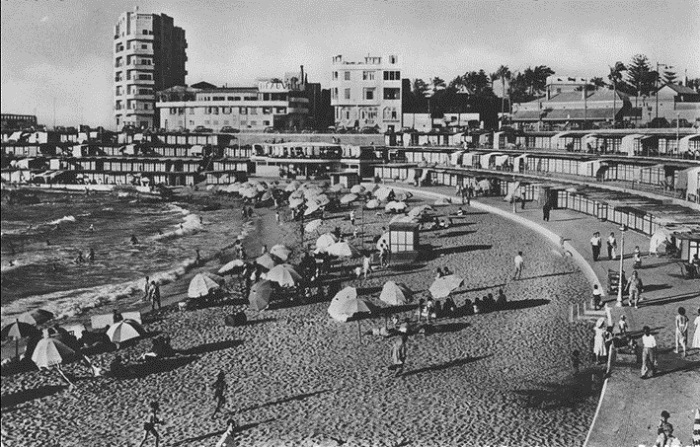
##
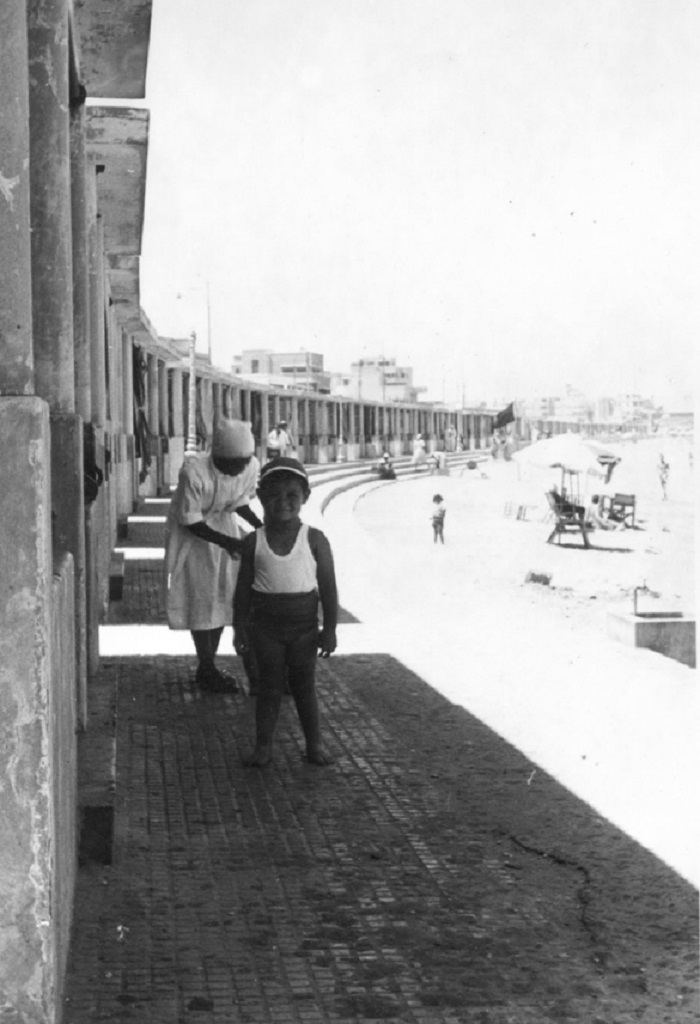
##
Beaches were rented seasonally from the municipality. The two landmarks of the district were Sidi Bishr’s island rock that soon became the destination of swimmers and the Corniche front garden of the Beaurivage Hotel which was founded and run by a Swiss family. Although it was demolished in the late eighties to be replaced by high rising less charming architecture, its legacy lingers in the neighborhood by the multitude of stores, grocers, pharmacies all named after it. It is also one of Alexandria’s landmarks which has survived in the the oldie black and white Arabic movies.
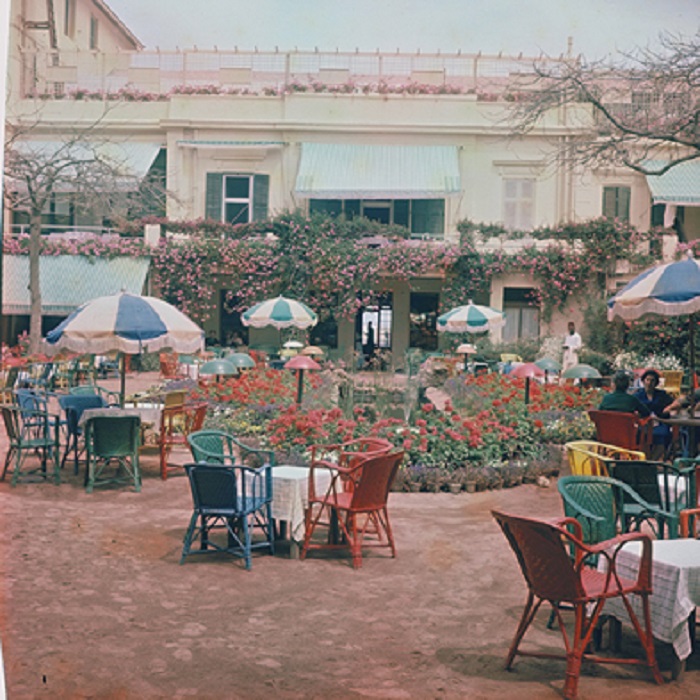
##
Inaugurated in 1958, the bays of the elite beach of Montaza, that one was Khedive Abbas Hilmy II’s summer residence, was planned and run by an Italian company
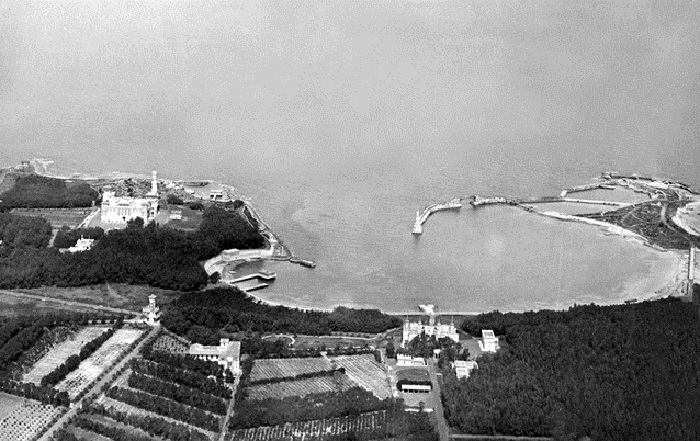
##
Unlike the present situation, the Palace proper was accessible to visitors and in the late seventies, where famous Egyptian band named Les Petits Chats performed every Friday morning in the terraces and gardens of the Palace. Even further east of Montaza, separated by a wall stood Al-Maamura beach designed on the extension of the royal gardens. Its beach was less rocky and it consisted of different architectural designs which could be inhabited unlike the cabins of Al-Montaza which were strictly reserved for day use. Another contrast between between both contemporaneous beaches was that the each of Al-Montaza’s bays carried a Pharaonic queen’s name while Al-Maamura architecture reflected the ideology of its time. For instance, the famous iconic multistory cabins adjoining the separating wall with Al-Montaza was deliberately called Block Al-Nasr referring to the “victory.”

##
It was in these two beaches that presidents Nasser and Sadat had summer resorts. While Nasser and his family’s flat was at the end of Al-Maamura, Sadat chose in the seventies to have an ecological flat built surrounding one of the rocks of Cleopatra beach in Al-Montaza.
For all the above, Alexandria was not only a cosmopolitan city but also a city for lovers and romance as commemorated in Fayrouz’s song … Chatt Iskindiriya ya Chatt al-Hawa (Coast of Alexandria coast of passion)
Above photos courtesy: Ola R. Seif
For more of Alexandria's beach glamour, Al Ahram Digital archive shares a couple of its oldest beach photographs :
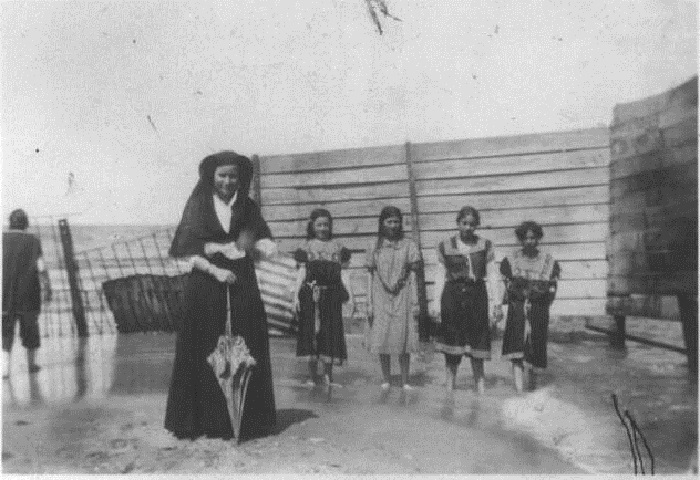
##
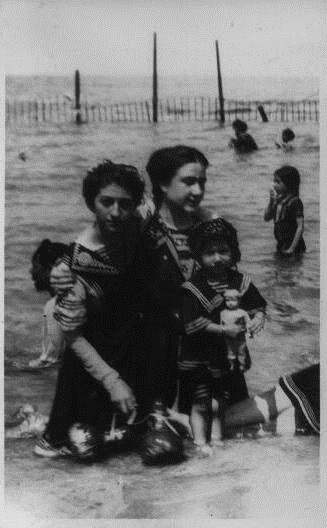
##
Short link: